Nonribosomal Peptide Synthetases

NRPSs use an elegant synthetic strategy whereby individual domains work together in sets called modules to make a build a peptide product. In a basic elongation module, the adenylation (A) domain selects the cognate amino acid and adenylates it, then attaches it to a prosthetic phosphopantetheine group on the peptide carrier protein (PCP) domain. The PCP domain transports the amino acid to the condensation (C) domain, which catalyzes peptide bond formation between this amino acid and the peptide attached to the PCP domain of the preceding module, thus elongating the peptide chain. Next, the PCP domain brings the elongated peptide chain to the downstream module, where it is passed off and further elongated in the next peptidyl transferase reaction. Each elongation module will add a new amino acid until the growing chain reaches the termination module, where a thioesterase (TE), will typically release the peptide by oligomerization, hydrolysis or cyclization.
In addition to the core domains, NRPS modules also often include tailoring domains, such as epimerisation, oxidase, ketoreductase and methyltransferase domains, to co-synthetically modify the peptide. The wide range of tailoring domains, combined with the >500 monomer substrates used by NRPSs, including D-amino acids, aryl acids, hydroxy acids, and fatty acids, allows NRPS products to access an astounding area of chemical space.
The straightforward logic of the NRPS synthetic cycle make them attractive for bioengineering experiments: Swapping of specificity-determining residues, domains or modules should result in predictable outcome in the structure of the NRPS product, and lead to novel or improved chemical and therapeutic properties. However, to make these approaches broadly successful, a deeper understanding of NRPSs is required.
In the Schmeing lab, we use multipronged approaches to study the structures and mechanisms of NRPS, both to potentiate the bioengineering of NRPSs to synthesize novel therapeutics and green chemicals and to provide a fundamental understanding of these elegant natural nano-factories.
Three subjects of particular interest to the lab are amide bond forming domains, tailoring domains and large NRPS proteins.
A review from the lab that is a good entry point for further reading: Reimer et al, Curr Opin in Struct Biol 2018.
A selection of relevant Schmeing lab papers: Fortinez et al, Nature Comm 2022; Fortinez at al, JACS 2022; Alonzo et al, Nature Chem Biol 2020; Reimer et al, Science 2019; Huguenin-Dezot et al, Nature, 2019; Bloudoff et al, PNAS, 2017; Tarry et al, Structure, 2017; Bloudoff et al, Cell Chem Bio, 2016; Reimer et al, Nature, 2016.